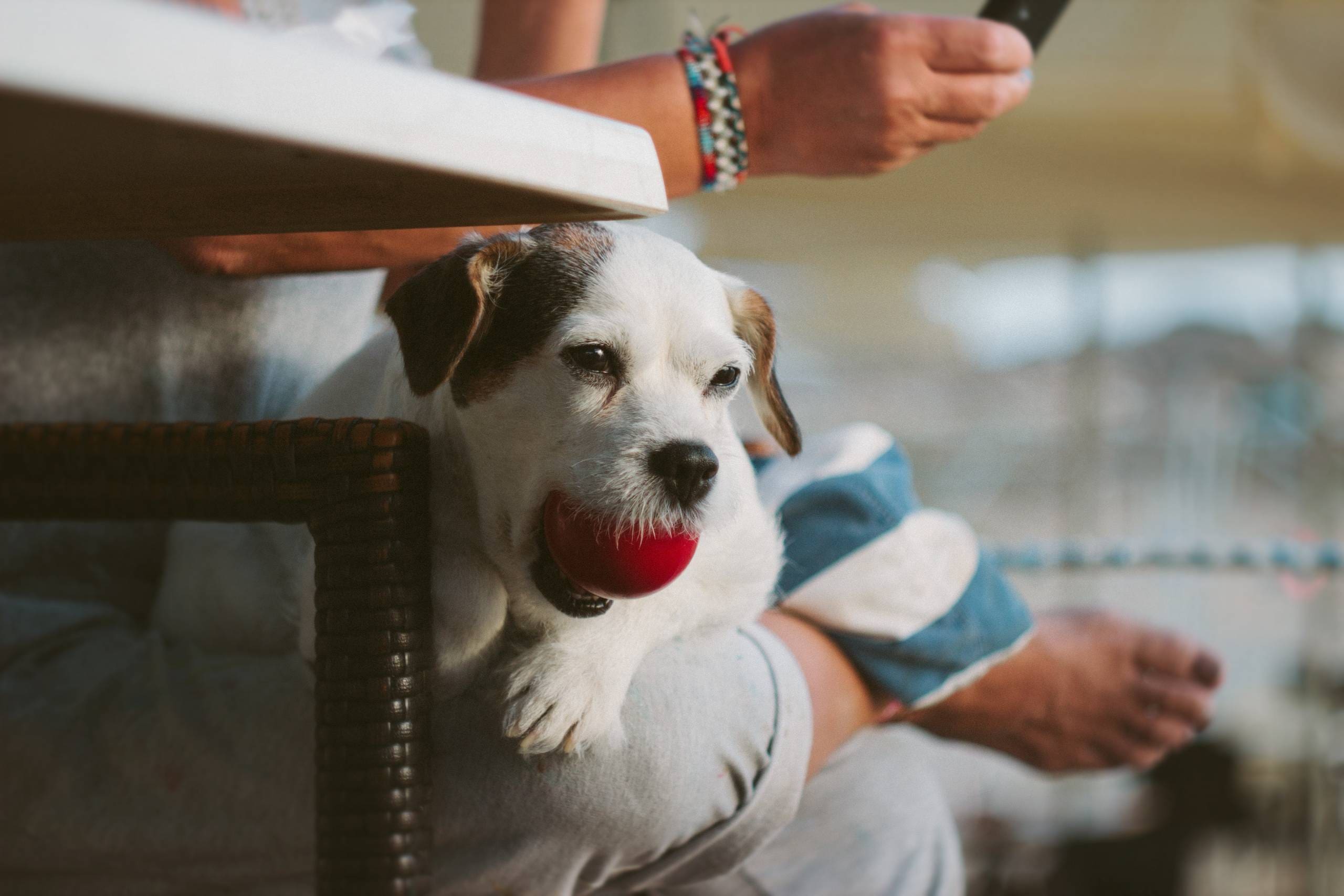
Start with the basics: Establish a routine
Creating a routine is essential for a puppy’s development. Set regular feeding, exercise, and bathroom schedules to provide structure and help your puppy understand what is expected of them. Consistency is key, so try to stick to the routine as closely as possible. By doing so, you’ll create a sense of security and make the training process smoother.
Focus on positive reinforcement: Reward good behavior
Positive reinforcement is a powerful tool when training your puppy. Instead of punishing undesirable behavior, focus on rewarding good behavior. Praise your puppy, offer treats, or use their favorite toy as a reward to reinforce positive actions. By doing this, you are encouraging your puppy to repeat those behaviors and learn what is expected of them.
Socialization is key: Expose your puppy to various experiences
Socializing your puppy is crucial for their development. Introduce them to different people, animals, and environments from an early age. This exposure will help them become well-adjusted and confident in various situations. Gradually increase the level of difficulty as your puppy becomes more comfortable, ensuring positive experiences along the way.
Use clear and consistent commands: Teach basic obedience
Teaching your puppy basic commands is essential for their safety and your peace of mind. Start with simple commands like “sit,” “stay,” and “come.” Use clear and concise words, along with corresponding hand signals, to communicate effectively with your puppy. Be patient and repeat the commands consistently until they understand and respond appropriately.
Manage undesirable behavior: Redirect and discourage
Puppies, like children, may exhibit undesirable behaviors such as chewing on furniture or excessive barking. It’s important to redirect their attention to more appropriate activities and discourage unwanted behavior. Provide them with chew toys and teach them what is acceptable to chew on. Avoid using punishment or force, as it can lead to fear or aggression.
Gradual exposure to new environments: Leash training and beyond
Leash training is an essential skill for every dog. Start by introducing your puppy to a collar or harness, gradually increasing the time they wear it. Once they are comfortable, attach a leash and allow them to explore their surroundings while you guide them. This process helps your puppy develop self-control and teaches them to walk politely on a leash.
Seek professional guidance if needed: Enroll in puppy classes
If you’re struggling with training your puppy or want to take their training to the next level, enrolling in puppy classes can be a great option. Professional trainers can provide guidance, offer valuable insights, and help you address specific challenges you may be facing. These classes also provide an opportunity for your puppy to socialize with other dogs, which further enhances their development.
Training a puppy requires time, effort, and patience, but the rewards are immeasurable. Remember, every puppy is unique, and progress may vary. Celebrate every small achievement and stay committed to their training. Your dedication will pay off, and you will have a happy, well-behaved companion by your side for years to come.
So, embrace the journey of training your puppy and enjoy the precious moments of growth and learning together. Happy training!
[/fusion_text]



